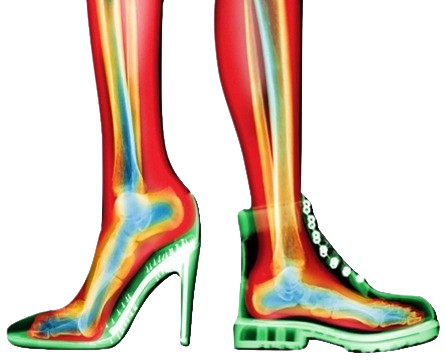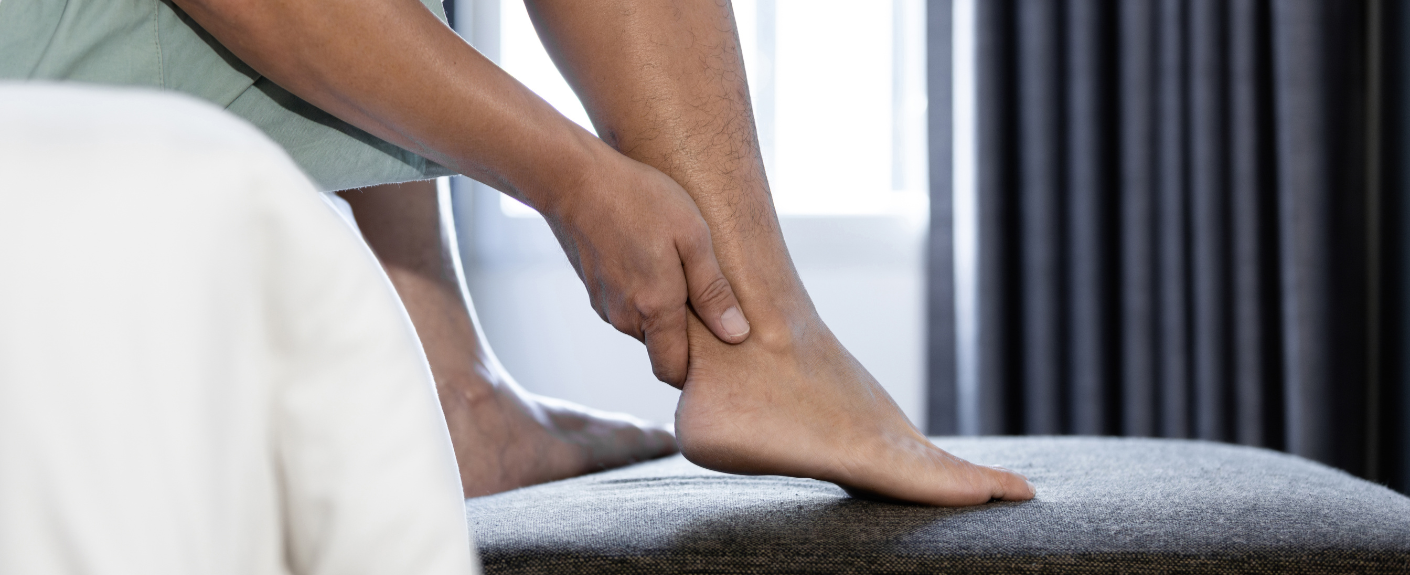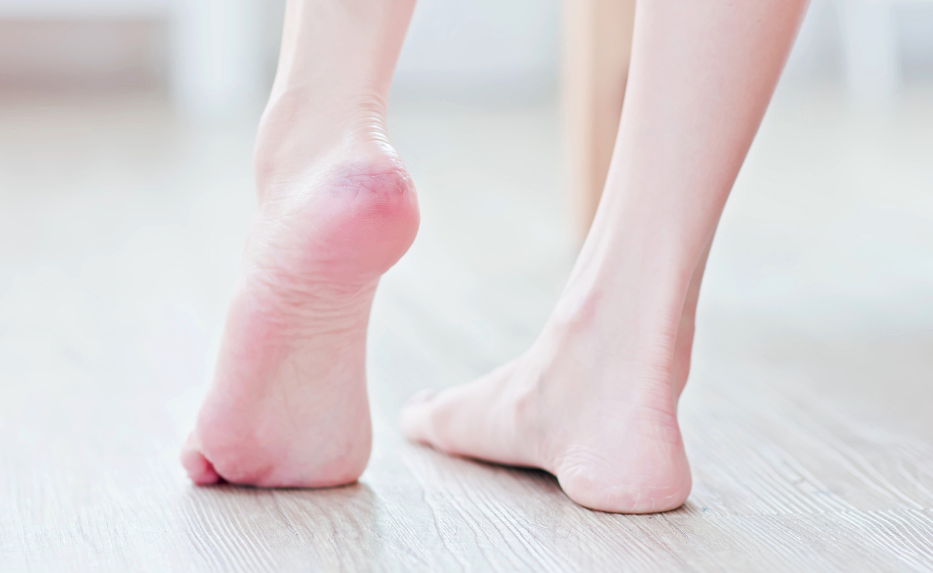Thinking About Surgery? Why You Should Try Shockwave First
Since introducing shockwave therapy, we’ve helped many of our patients avoid surgery for certain conditions. Here's what you
need to know about shockwave treatment and how it works.
Read More…







.png)
.png)



